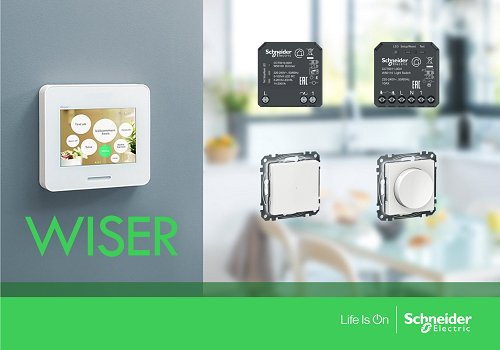Home automation is the future of all our lifestyles, a tech-revolution that has changed the way our homes operate. From smart TVs to door panels with touch sensors and multiple devices that we can control from our phones, smart home automation really gives us a plethora of products that we can buy to recreate our homes as smart spaces. Our guide on smart homes in 2021 is sure to guide you through the basics of home automation, what to expect out of it, and how to make smart purchases. Smart home solutions are gaining momentum at an increasing speed, and it is expected in the US market for smart homes to gross over $123 billion by the year 2022.
Understanding Smart Home Automation:
Smart homes are technology-reliant homes that operate on several gadgets connected to the internet, and perform daily tasks that save us time, money and energy. The market provides users with ample devices to choose from, depending on their needs and utility. From smoke detectors to smart locks and thermostats, smart home automation is really a revolutionary advancement that caters to all our needs at home. For some of us, the quick time saver can be the automated vacuum cleaner on days when the maid takes an off and you are stuck with other work. For some, it becomes a great relief and assurance of safety if they install CCTV cameras outside their homes. Well, what is technology if it doesn't bring ease and convenience to our lives!
Things your Smart Home can do:
A smart home is literally an assistant that you have at your home all day long! With smart devices in the space of your home, you can control the temperature with a thermostat or even operate the speed of your fan when you're feeling a little cold and do not wish to leave the bed for the fan's regulator. Many electric companies have also launched their range of smart bulbs that offer hundreds of colours and dim mood settings at the tip of your fingers. And the most assuring part of smart home technologies is the feature of smart security cameras: you can install CCTV cameras that enable you to watch visitors and intruders in your home and also offer the option of recording the camera footage 24X7. Besides, virtual locks and sensor doors have changed the way we used to manage the security of our loved ones. But how can you connect devices in an automation?
Connecting Devices in a Smart Home:
Smart home devices are also called internet of things (IoT) devices, and can be accessed with a variety of connectivity solutions. Schneider Electric's Wiser™ provides smart home automation solutions that support the following smart home connectivity:
1) WiFi: Wifis are wireless technologies that provide fast internet access to your smart devices, and you can connect your phone to them as well, using wifi. But for sensor-reliant technologies like sensor lights and doors, you might want to use landline or cellular data in case the WiFi does not support refresh and prompt facility.
2) Bluetooth: Another wireless technology that has existed in the tech-market for a really long time, you usually use them for connecting your phone with speakers and/or headphones. While Bluetooth is not very common for smart home networks, it is expected to see a boom in its usage over the coming years.
3) Z-Wave and Zigbee: Z-Wave is a wireless connection protocol that uses low-energy radio waves to connect multiple devices at once. Similar to it is Zigbee, and it also uses digital radio to connect devices, but only in a short vicinity. Of all connectivity solutions provided, Zigbee is the most secure for it uses tight encryption.
4) Backup: The two kinds of backup, cellular and landline, come to the rescue in case of a power outage. We often use our cellular data to create a hotspot for our laptops, then why can't we do it for our smart devices? When electricity goes out, you can use the same data of your smartphone or fixed landline to create a backup for devices in your smart homes.
Given the right kind of devices that you choose for your household, smart home solutions, especially offered by Wiser™by Schneider Electric India , can prove to be cost-efficient, time saving and provide great convenience to our everyday lives. With revolutionising we communicated or traveled, it was time that we revolutionized the way we see our homes.



 Photo by
Photo by 










